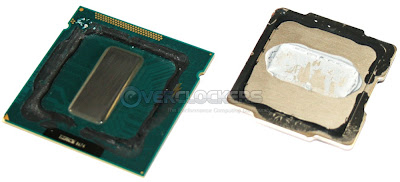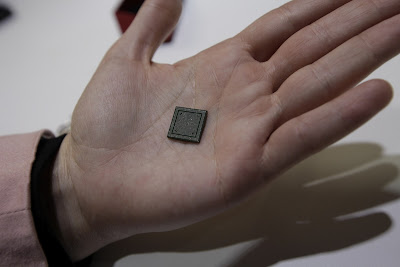
The “next Galaxy” smartphone has just been officially unveiled and there's already a lot of debate on the phone's design. Samsung Galaxy S III has been “designed for humans” to mimic nature, hence the curved lines and the “pebble” form factor.
Although the device comes with a 4.8-inch capacitive touchscreen display, it fits perfectly in hand. However, there are some who already blame Samsung for adding such a large display, which they fear, makes the phone too big to carry.
All in all, the Galaxy S III super-phone comes in two color schemes, Marble White and Pebble Blue. According to Samsung there will be three models launched on the market, each with a different amount of storage, 16GB, 32GB and 64GB.
The handset has been...



 5/03/2012 08:59:00 PM
5/03/2012 08:59:00 PM
 dannzfay
dannzfay


























